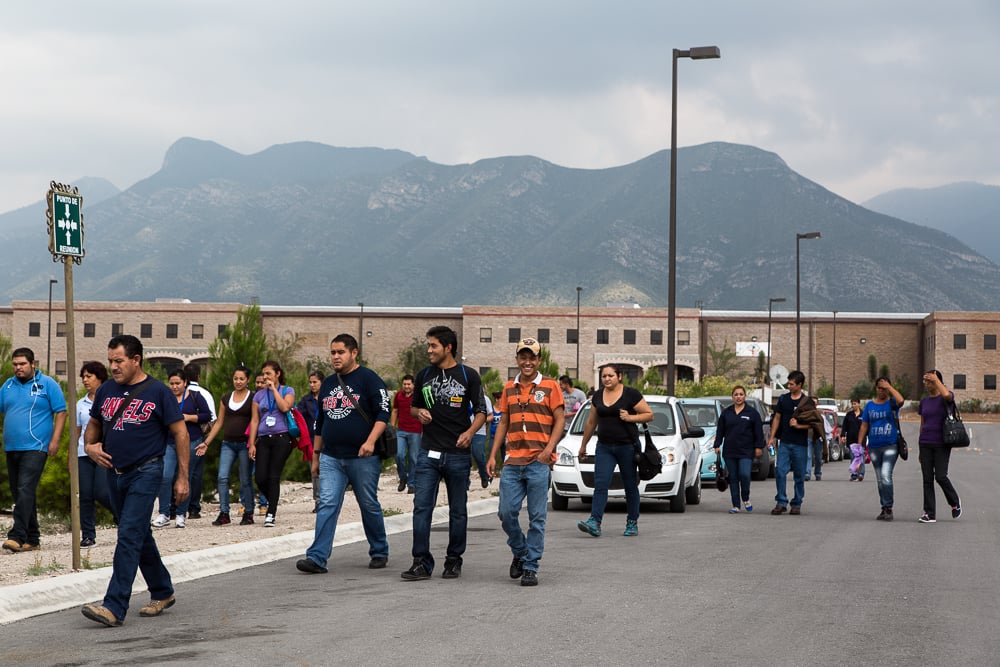Doing business in Mexico makes sense for many reasons, but incoming companies could benefit greatly from the experience a Mexico shelter companies provide.
“Mexico is a different country with a different culture and different ideas,” says Leonard Ottosen, project manager for The Offshore Group (OG). “This is not rocket science, but you have to be aware of how things need to be managed differently in Mexico.”
Established in 1986, Tucson, Arizona-based Offshore Group has enabled executives in the automotive, aerospace, electronics and other manufacturing specialties to establish sister factories utilizing Mexico shelter plans and Mexico industrial real estate, culminating in high-quality, low-cost and low-risk production.
Dave McQueen, managing partner of McQueen and Associates Management Consulting Firm, agrees sheltering is a smart move.
“When you’re actually launching a manufacturing plant in Mexico, and have the capabilities of a shelter company at your disposal with respect to legal issues, permits, local contractors, and all kind of those details, it’s certainly very beneficial,” he observes. “You can focus fully on the issue of setting up your operation and working your manufacturing plan. That is a big plus in my view.”
Mexico is recognized as a viable and attractive manufacturing venue, due in part to low landed costs, inexpensive labor and proximity to the States. Its 12 free-trade agreements with more than 40 countries – including the United States – place more than 90 percent of its commerce under free-trade agreements. Additionally, NAFTA regulations supplement the work of the General Agreement on Tariffs and Trade (GATT), furthering the protection of intellectual property including but not limited to copyrights; patents and trademarks; industrial designs; and integrated circuits.
And, for companies pursuing leveraged-growth strategies, sheltering is particularly attractive because a manufacturer absorbs only a portion of additional overhead that such expansion requires.
Rob Phillips, vice president of Global Operations for Phillips Industries – a leading manufacturer of advanced electrical and air-brake interface equipment for the commercial vehicle industry – decided moving to Mexico was his company’s next move when his Texas location started losing ground.
“We wanted to reduce the time it normally takes to begin manufacturing in Mexico to save as much money as possible,” Phillips recalls. “We had a good relationship with several people at The Offshore Group and we were able to literally begin to build a facility from the day we signed the contract for shelter services in Mexico, which was end of October (2011). Within less than six months, we had a facility up and running and producing products.”
The Offshore Group's manufacturing cost model satisfies three main criteria, notes Eduardo Saavedra, the company’s vice president of business development.
First, it factors every cost that can or will be incurred by doing business in Mexico – from fixed charges like rent or phone services to variable expenses like employee severance or freight charges for goods moved across the Mexico border. Next, by benchmarking labor, utilities and logistics costs, the manufacturing cost model contains highly reliable figures so a prospective manufacturer is allowed a true budget estimate. Finally, the Mexico cost model’s flexibility allows a company to examine various scenarios – such as utilizing 80 versus 150 employees.
“Using real-world benchmarking figures, we closely examine all items that will, and could potentially, impact Mexican manufacturing costs,” Saavedra explains.
The Offshore Group's director of operations, Chuck Yahn, says the company also works closely with Mexican labor unions to ensure benefits meet the country’s labor laws, making electronic calculations to determine overall labor costs. Intensive surveys conducted within geographical regions verify wages are competitive. And, because OG pays the bills for all the expenses incurred in Mexico by clients utilizing its Mexico Shelter Plan – other than raw materials and products used in manufacturing final merchandise – “we do know the categories of expenses Mexico manufacturing plants have and how much is spent for each category,” Yahn affirms.
“We help people not to make mistakes, and that’s regardless of whom they choose to do business with in Mexico,” he adds.
Subscribe
Sign up and stay informed with tips, updates, and best practices for manufacturing in Mexico.


.jpg)


